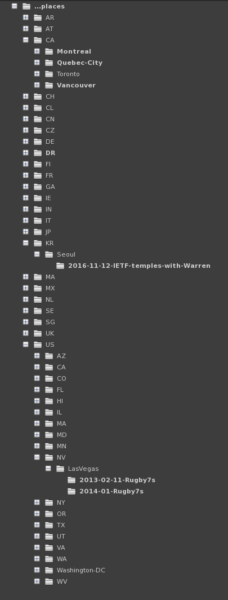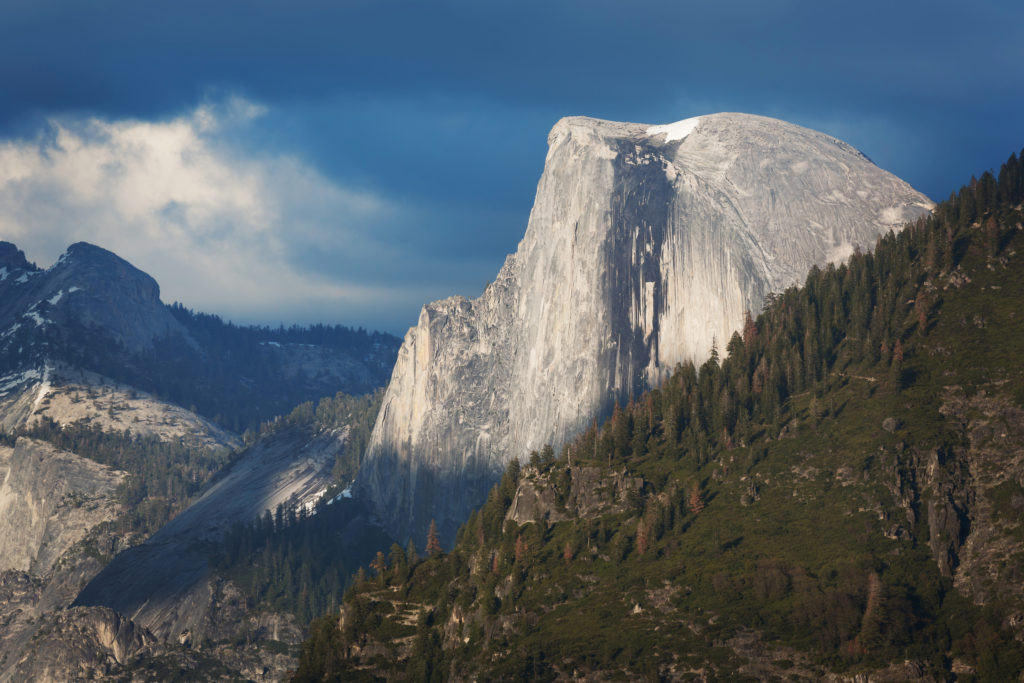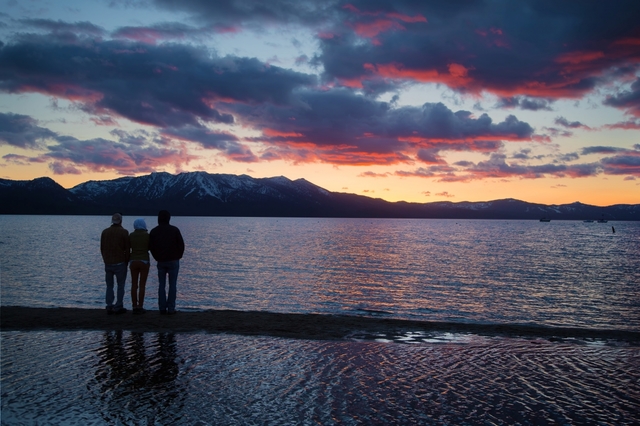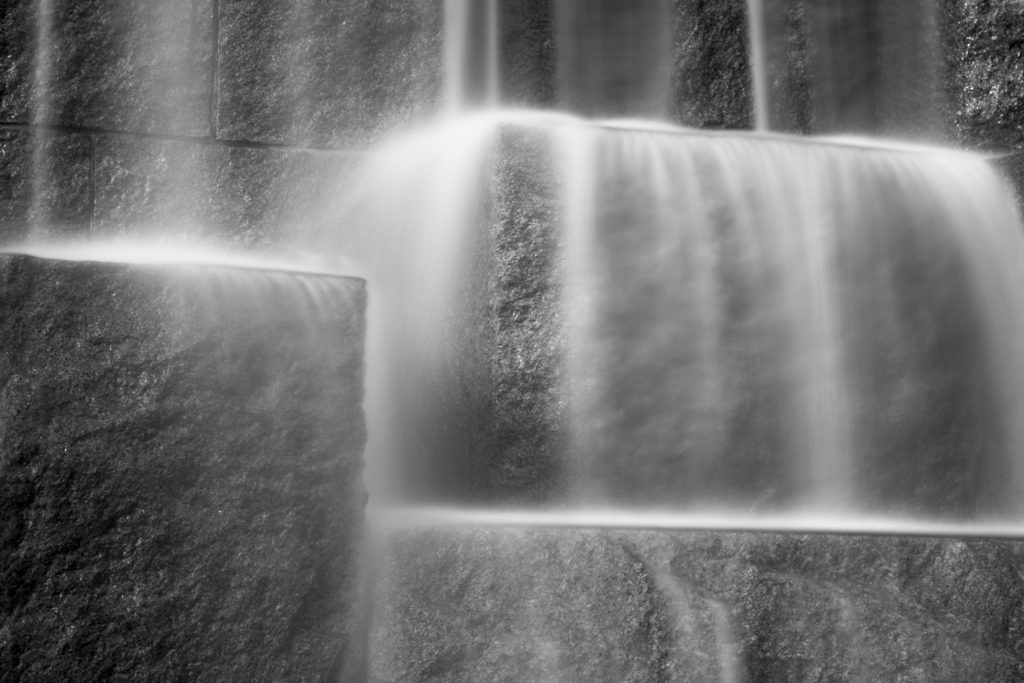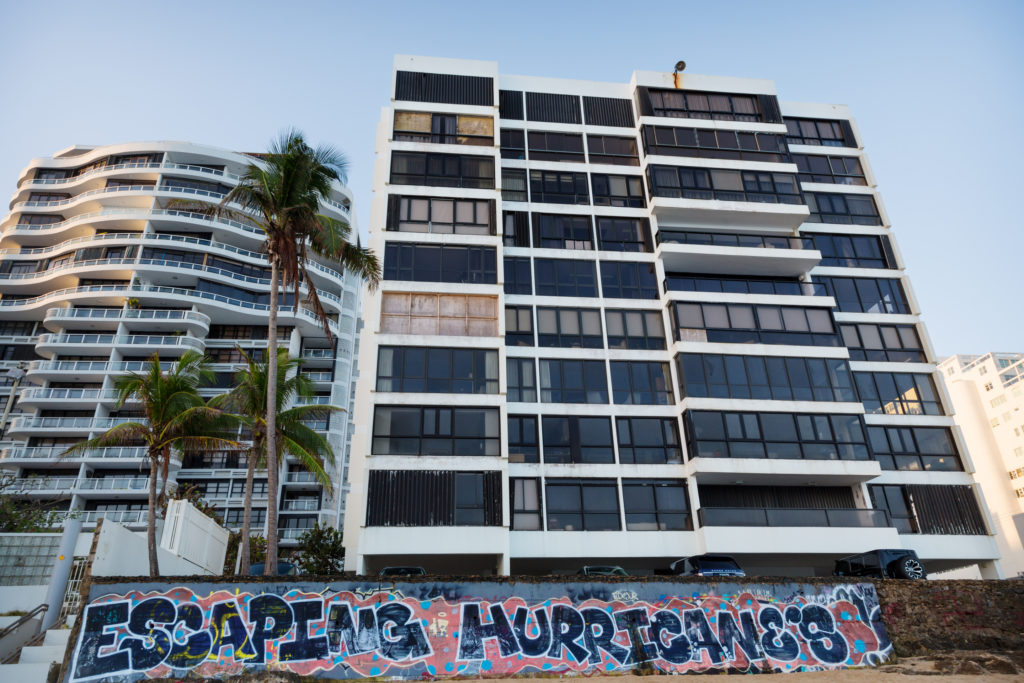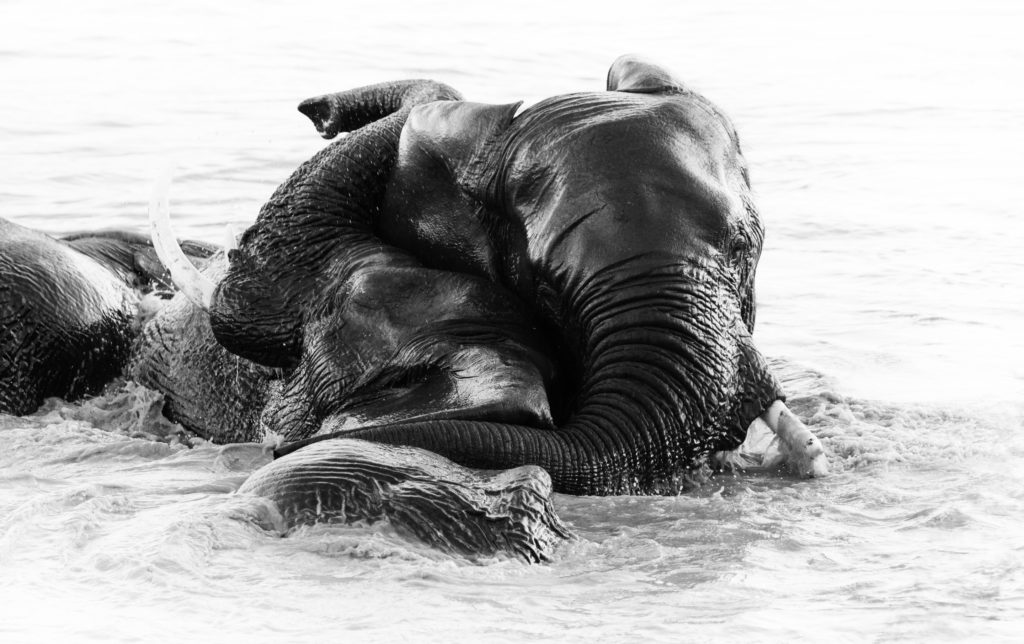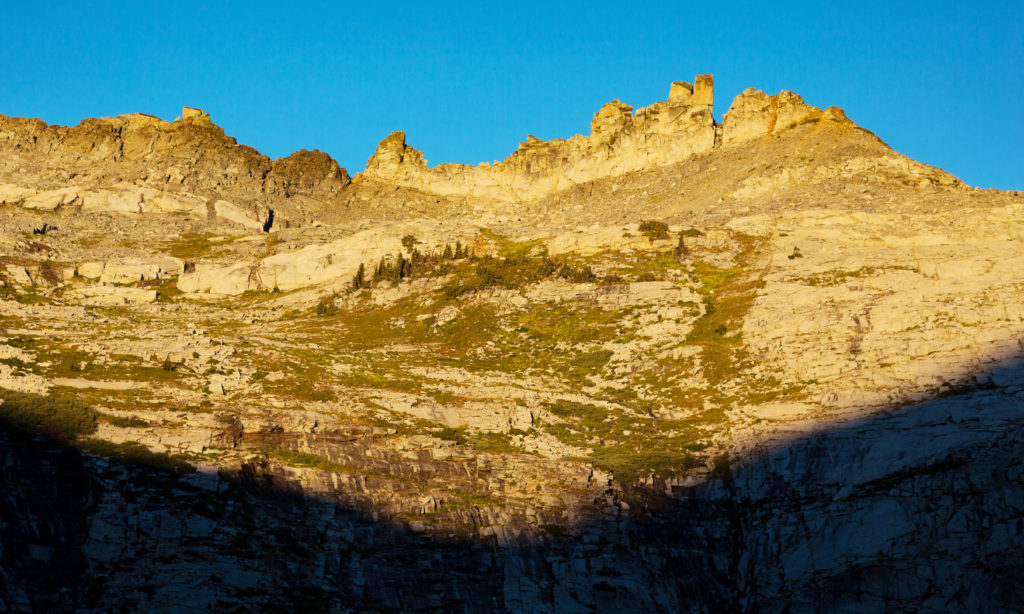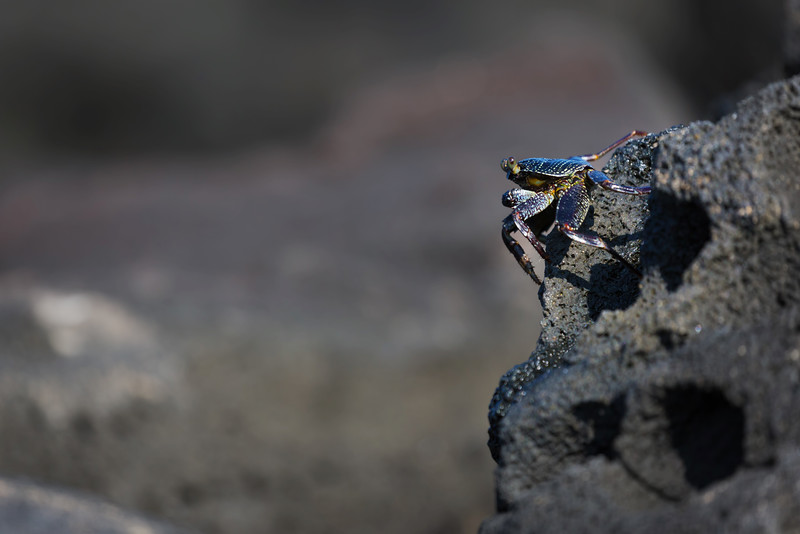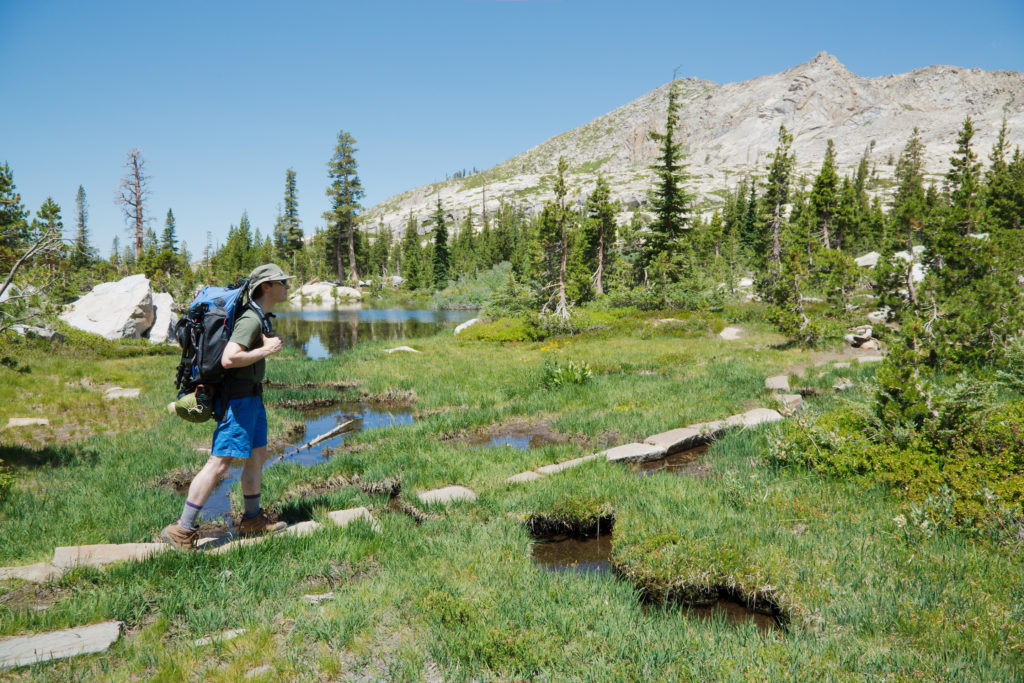Posts Tagged: disks
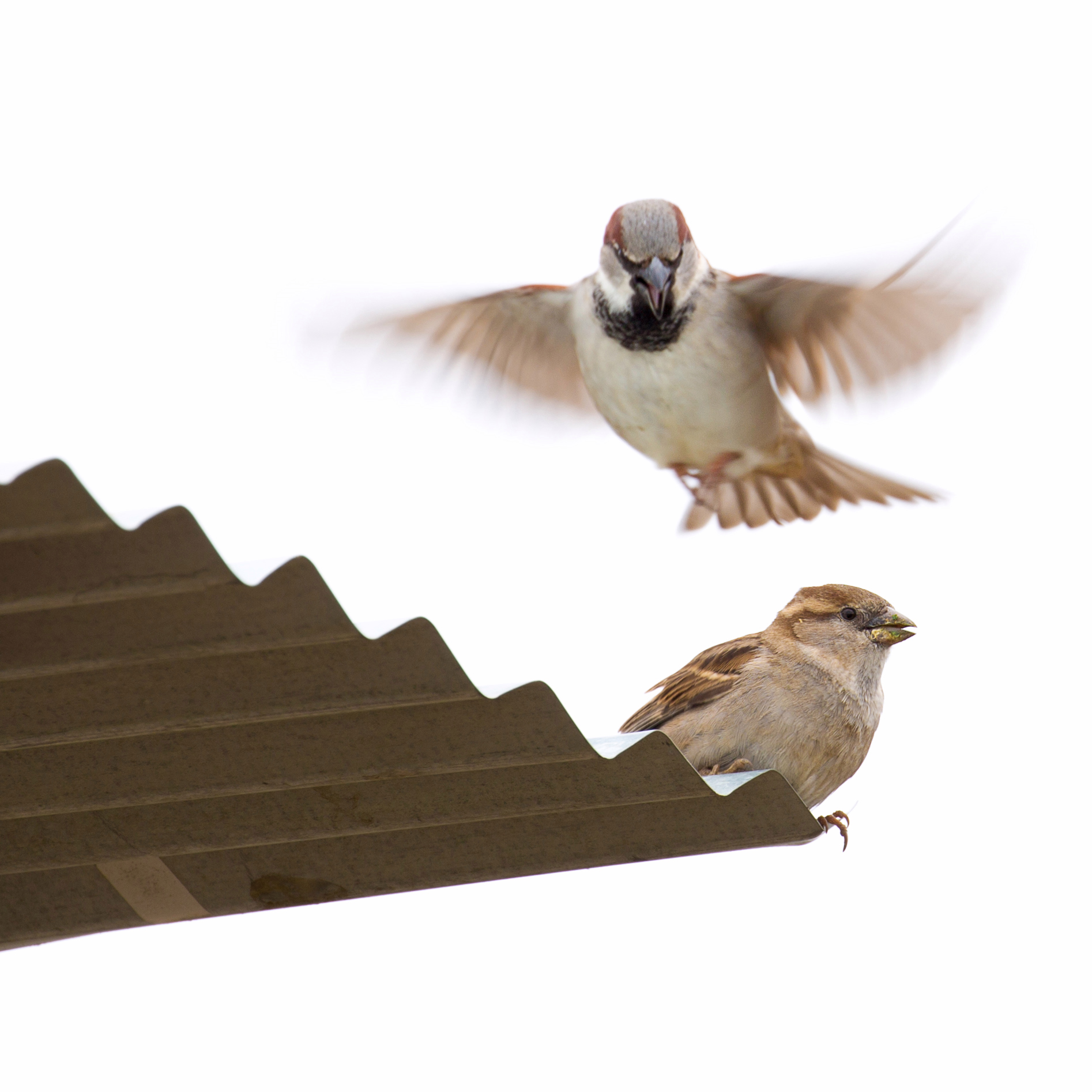
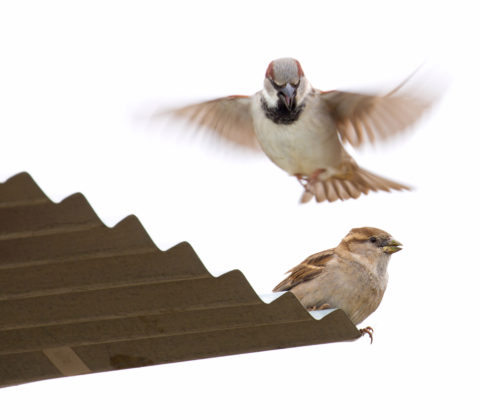
The Case of the Lost Birds Image
I finally found this image!

The Proposal
I actually took this image of these birds “in a discussion” back in March and have been looking for it ever since. I don’t normally lose my images, but when I do, I lose them really really well, buried in my mass of digital data. The rest of this story is about how my digital house was recently demolished and rebuilt from the ground up, and explains why I’ve been rather silent lately. My experience was similar to how you might start to pull a loose thread on a sweater and eventually end up needing to completely reknit it from scratch since you couldn’t stop pulling. But I have a really nice new sweater now. I mean digital storage system. If you like this image of these beautiful finches, then my time spent was well worth it. If you like stories of digital image organization, then read on! Otherwise, the rest of this story may not be of huge interest to you.
My Recent Digital Housecleaning
It all started a few weeks ago when my image database got corrupted, which sounds scary but really isn’t a big deal since I’m pretty good about keeping backups. But at the time I thought “well, as long as I’m going to have to restore things I might as well take the time to do a little digital house cleaning”. Computers may save us time in some areas of our lives (e.g., it’s much easier balancing a checkbook using a computer than it is using pen, paper and a brain). But computers also add a bunch of new “digital chores” in our life that even includes emptying the trash can. Fortunately, these new digital chores are frequently more interesting than the boring tasks that they’re helping us with. But they do call into question whether the net gain of using computers is actually positive. When I’ve discussed this topic, I like to point out that even if we’re not saving time, the work has become more interesting and less repetitive which in itself might be the positive outcome we need to justify the path we’ve taken.
Sweeping The Digital Dust Bunnies
Going back to the story of my corrupted image database: After concluding I might do some basic cleanup, I thought “you know, this would be a good time to do some restructuring and reclassifying of things as well”. If you’ve ever been skiing and have had the thrill of thinking “It looks like I can handle that black diamond” because you can’t quiet see the cliff a bit further down the trail, this was a similar experience.
Organizing My Images
One of the best things you can do when organizing your digital treasures is to lay out a really good storage structure plan. The important thing is to use a structure that matches how you think, be it with folders or categories of tags (more below on some suggestions that might work best for you).
People, Places, Events and Things
For me, I think in terms of places. I almost always know where a picture was taken but I am horrible at remembering when an image was captured. So, most of my images were stored based on place rather than time, as my primary index mechanism. But over the years (decades), I broke this rule a few times and that’s what led to my digital treasure downfall. Some of my images were stored according to who I was with or what event I was at. In the end, I had three top level keys (folders) named places, people and events. Inside of them, each folder had a date prefix and short description (like 2007-05-24-John-Baravetto-Park-Opening, which was filed under events). But here was the even bigger problem: I’ve been to that park a bunch of times since its opening and sometimes I filed pictures of it under things (another top level category I’ve yet to mention) because I was studying it’s bushes and leaves, and other times I was storing them in places inside a US-CA-Davis subfolder, which we’ll get to next. But you can see the problem that I ran into: it was impossible to quickly determine the right place to go look for a particular set of images of the park. When properly fully tagged and searchable in a database, the folder location doesn’t matter that much, assuming you tag everything appropriately with keywords immediately. In the case of the above bird image, I had not yet done so and thus it was lost because I hadn’t yet tagged it bird or anything else helpful and was not in the folder for the place where I knew I had taken it.
Places within places
Fortunately, I’ve been pretty good about storing images of all of my more distant trips into the “places” category. So I had an existing structure that was fairly close to my new planned containment structure.
Inside my old places folder were carefully crafted sub-folders with names that were based on the location. Hence, I had a UK-London folder that sat next US-CO-Denver folder. And inside those I had descriptions of when and why I had gone to those destinations (such as UK-London/2014-03-IETF). The problem was that after years of collecting images, I had accumulated a rather long list of destinations that I was tired of scrolling through. To make matters worse, when I first started collecting images I had titled some CA-San-Francisco which sort of conflicted with the later trip to CA-Quebec-City. And even worse, during my early digital years, some destinations were just city names alone (Washington-DC) and others were just countries (Sweden) and others were just state names (Virginia).
Hence the need to restructure even the more functional side of my system as well. So, to reduce scrolling (at the expense of more clicks and double-clicks), I resorted to categories and subcategories that resembled Two-letter-country-code/Maybe-US-state-code/City/Date-Purpose. Thus, I finally have all of the information properly categorized from the top down based on the way I search for images: by place first (places/FR/Paris/2012-03-IETF) and then by when and why.
Organizing Your Images
But that’s the way I think. How do you think? I’ve talked to many photographers over the past few decades, and we all think in different ways. Some people are very date based; I spoke with one person that categorized his images by dates: he would know it was March of 2012 when I took this picture and built his folder structure differently, ending up with 2012/03/FR/Paris (maybe), which is the complete inverse of what I ended up with. Other photographers, who do almost exclusively client-based work, have their work classified based on who the images are of (Mel B/2012/03 or something like that).
The important take away: build your classification system based on how you think when searching for images. If you think like me, and travel a lot, then my system may work for you. If not, however, then think about the first thing that pops into your mind when you are searching for an image and structure your system based on that thought train.
Start Today
And start now!! You’ll likely restructure your system over time, for experience is always the best teacher. But reclassifying when you’ve hit 50,000+ images takes a long long time. And that, my friends, is why I’ve been so silently lately……
If you’re stuff is already a mess, start today to clean it up for it’ll only get worse. Plus you may find a long lost missing picture or two, like I did!
If You’ve Read This Far…
… you must be one of those people equally fascinated by organizational structures and I bet you love container stores too (just like I do). What’s scary is I decided to organize not just my images, but also how they’re synced across multiple machines; and that led to the organization of my entire filesystem, and …. I should be done with everything sometime in 2018. I hope.
[Oh, and I should probably admit I just rewired my desk too.]

